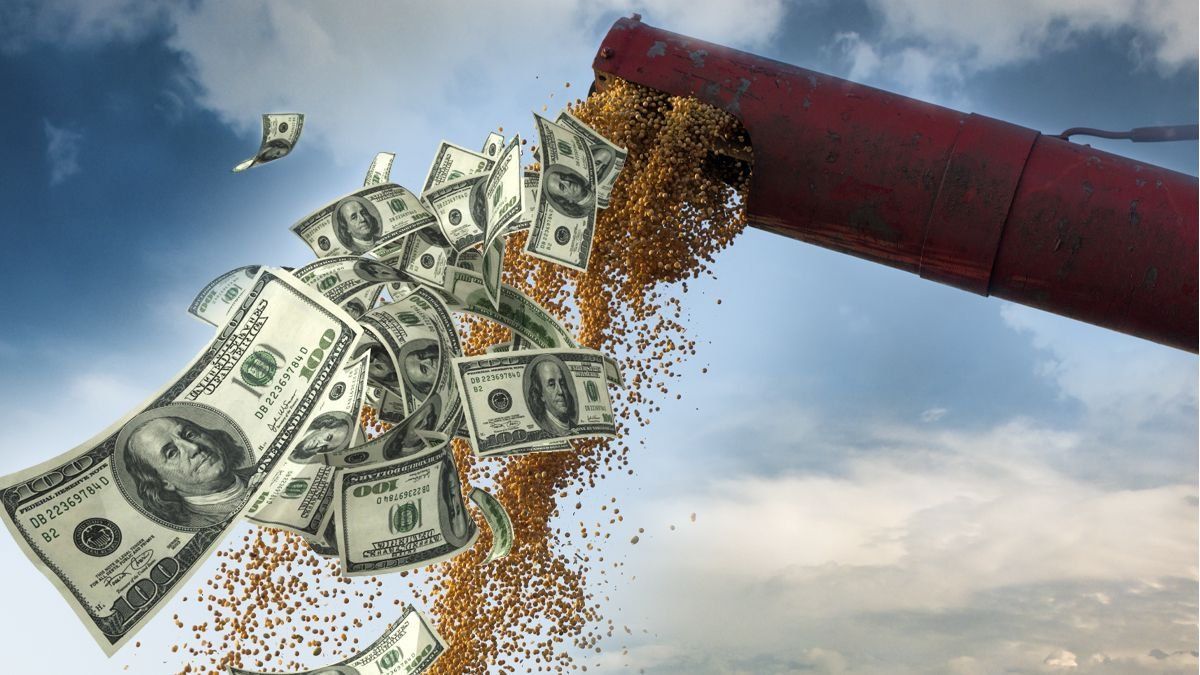The Government closed the day of this Thursday with good news: the agricultural dollar finally woke up, or more specifically soybean sales, and for this reason, during a single day, US$574 million entered, the best figure since September 30, last year. Thus, in just two days the field liquidated more than US$600 million and sets a good precedent for the remainder of the export program, which proposes an exchange rate of $300 until May 24 and whose primary objective is that enter at least US$5,000 million.
In practice, Wednesday was the first day of the week in which operations with the new soybean dollar were completed, a round in which almost US$94 million had entered and according to market sources, many exporting companies had yet to materialize. the opening of special accounts to start the operation. This Thursday the flood of sales by the producers finally arrived and the companies went out to operate with force.
The important liquidation of the field also had an impact on the operations of the BCRA, which closed the day on Thursday with purchases for US$332 million. The accumulated negative balance was thus reduced to US$181 million in the month and US$3,159 million in the year.
Regarding the prices offered in the local market, despite the fact that from the productive sector they indicated that the ideal was to capture more than $110,000 per ton, the truth is that the market was well below that, but in any case the rate of differential exchange gave dynamism to the operation in which affidavits of foreign sales (DJVE) of soybean and its derivatives were registered for around 174,000 tons.
production cuts
While the commercialization of soybeans advances hand in hand with the program launched by the Government, the central concern of the field is that the production cuts in soybeans and corn do not stop. With the combines advancing in the fields, the Rosario Stock Exchange reduced its estimate for the campaign for both crops on Thursday.
In the case of soybeans, the harvest projection went from 27 to 23 million tons and in corn from 35 to 32 million tons. The March heat wave under the drought scenario left the worst national yields in the last 15 agricultural cycles.
Regarding the oilseed, according to the Rosario entity, not only is it the worst production in the last 15 cycles, but it is well below 2008/09, which ended at 31.8 million tons.
Taking into account the strong cuts that the wheat harvest has already experienced, the foreign exchange income from agriculture for this 2023 would be reduced by about US$20,000 million, far from the record obtained last year of US$40,000 million.
In short, the drought further complicated the post-pandemic economy. It is that after the second edition of the soybean dollar, it was expected that in December the dollars from the wheat harvest would begin to enter, something that finally did not happen because there was a production cut of the order of 50% that logically reduced the export profile.
Meanwhile, the first quarter of 2023 was marked by the deepening of the drought, with two very strong and extensive heat waves that affected soybean and corn crops. During that period, the field’s foreign exchange income was barely US$2.8 million. The new agricultural dollar arrived to turn that scenario around.
Source: Ambito




